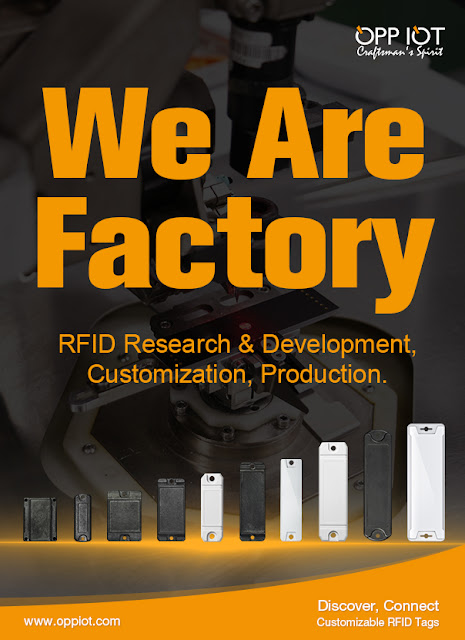Inserting an RFID nail tag on a tree efficiently requires the right tools, proper technique, and a systematic approach to ensure accuracy and consistency. Here’s a detailed guide on how to do it:
Materials Needed
1.RFID Nail Tags: Durable tags specifically designed for outdoor and forestry use.
2.Hammer or Mallet: For driving the tags into the tree.
3.RFID Reader: To scan and verify the tag after insertion.
4.Personal Protective Equipment (PPE): Gloves, safety goggles, and other protective gear as needed.
5.Marking Tools: Paint or markers to identify tagged trees visually.
Steps for Inserting RFID Nail Tags
1. Planning and Preparation
- Survey the Area: Identify which trees need tagging. Create a tagging plan based on tree species, size, health status, and strategic location.
- Gather Equipment: Ensure all necessary equipment and materials are ready and in good condition.
2. Positioning the Tag
- Select the Height: Typically, tags are placed at a consistent height (e.g., 4-5 feet from the ground) to facilitate easy scanning.
- Choose the Location: Pick a spot on the trunk that is clear of branches and bark irregularities. The tag should be easily accessible but not in a location that could interfere with tree growth or be damaged by machinery.
3. Inserting the Tag
- Align the Tag: Hold the RFID nail tag against the tree trunk at the chosen height and location.
- Hammer the Tag: Using a hammer or mallet, drive the nail tag into the tree. Ensure it is securely fastened without being driven too deeply, which could damage the tag or the tree.
- Check Stability: Ensure the tag is firmly in place and not loose.
4. Scanning and Recording
- Initial Scan: Use the RFID reader to scan the tag immediately after insertion to verify that it is working correctly.
- Data Entry: Record the unique identifier (UID) of the RFID tag in your database. Enter additional information such as the tree’s species, location (GPS coordinates), and any other relevant details.
- Visual Marking: Optionally, mark the tree with paint or another visual identifier to indicate it has been tagged.
5. Quality Control and Maintenance
- Regular Checks: Periodically check the tags to ensure they remain in good condition and are not being overgrown by the tree or damaged.
- Maintenance: Replace any damaged or lost tags promptly and update the database accordingly.
Tips for Efficient Tagging
- Training: Ensure that all personnel involved in tagging are properly trained in the procedure.
- Consistent Techniques: Use a consistent method for all tags to ensure uniformity and ease of scanning.
- Batch Processing: Tag trees in batches, scanning and recording each one immediately to avoid mix-ups.
- Efficient Tools: Use high-quality hammers or mallets and RFID readers to streamline the process and reduce the effort required.
By following these steps and tips, you can efficiently insert RFID nail tags into trees, ensuring accurate tracking and management of forestry resources.


.jpg)